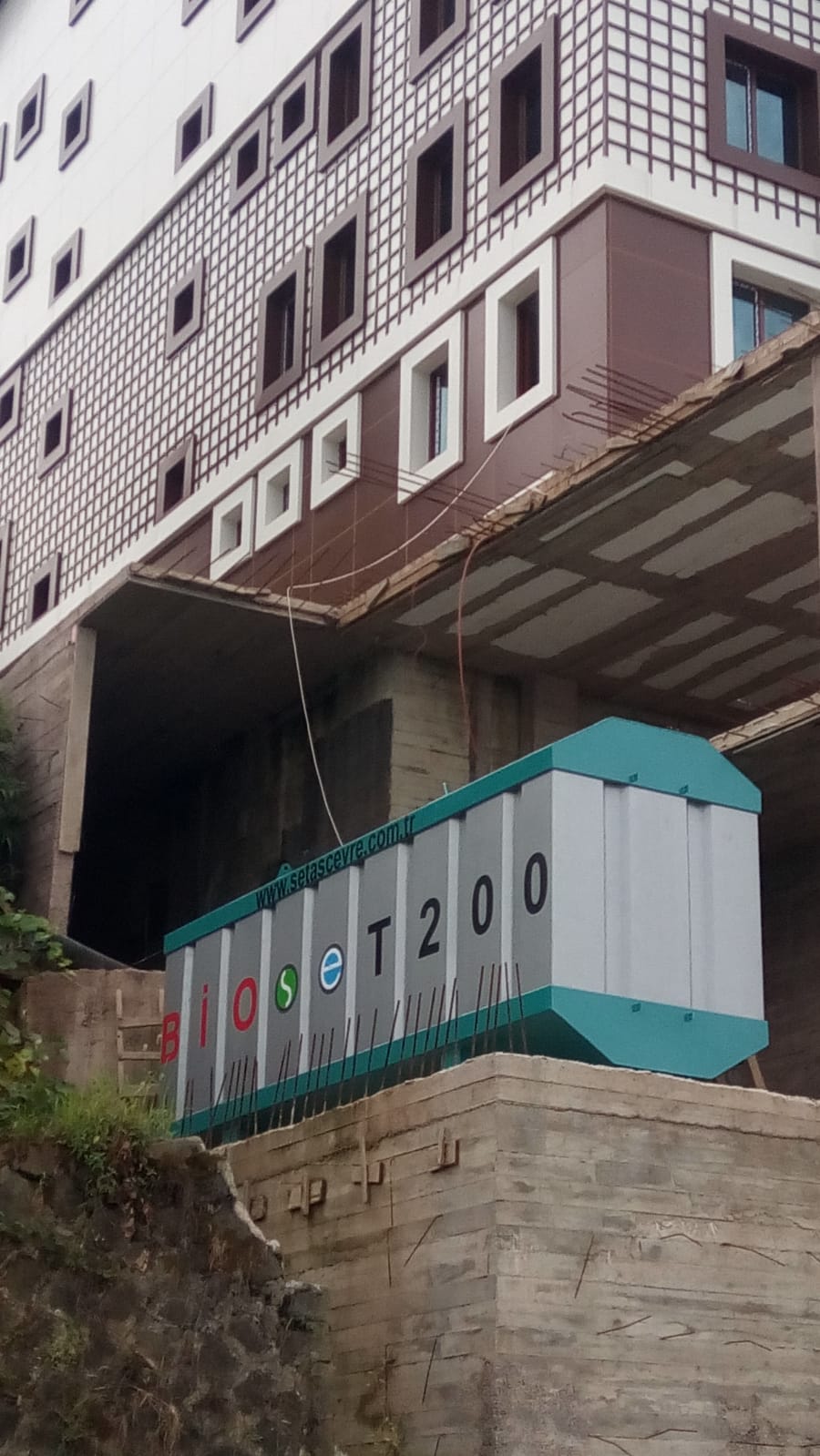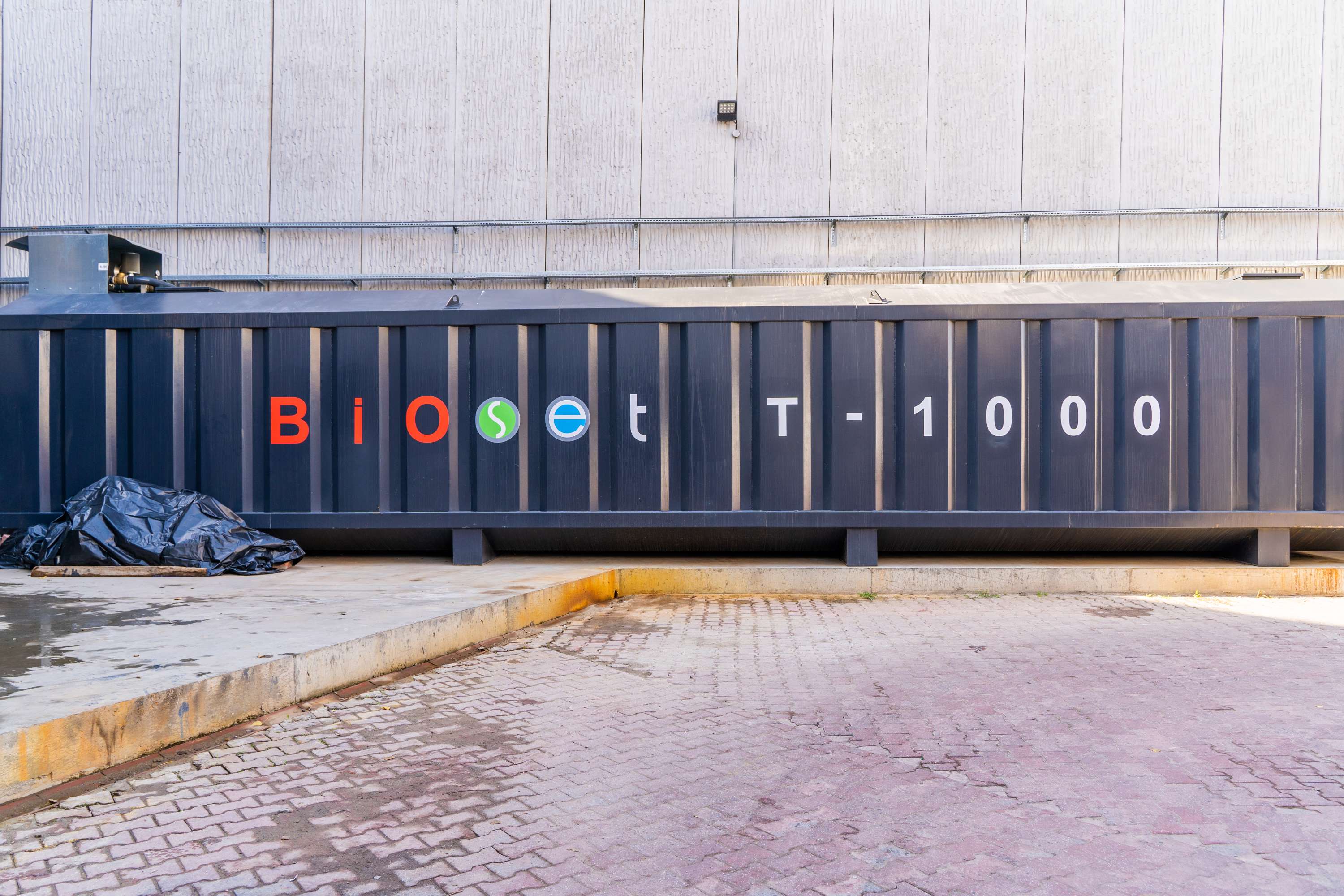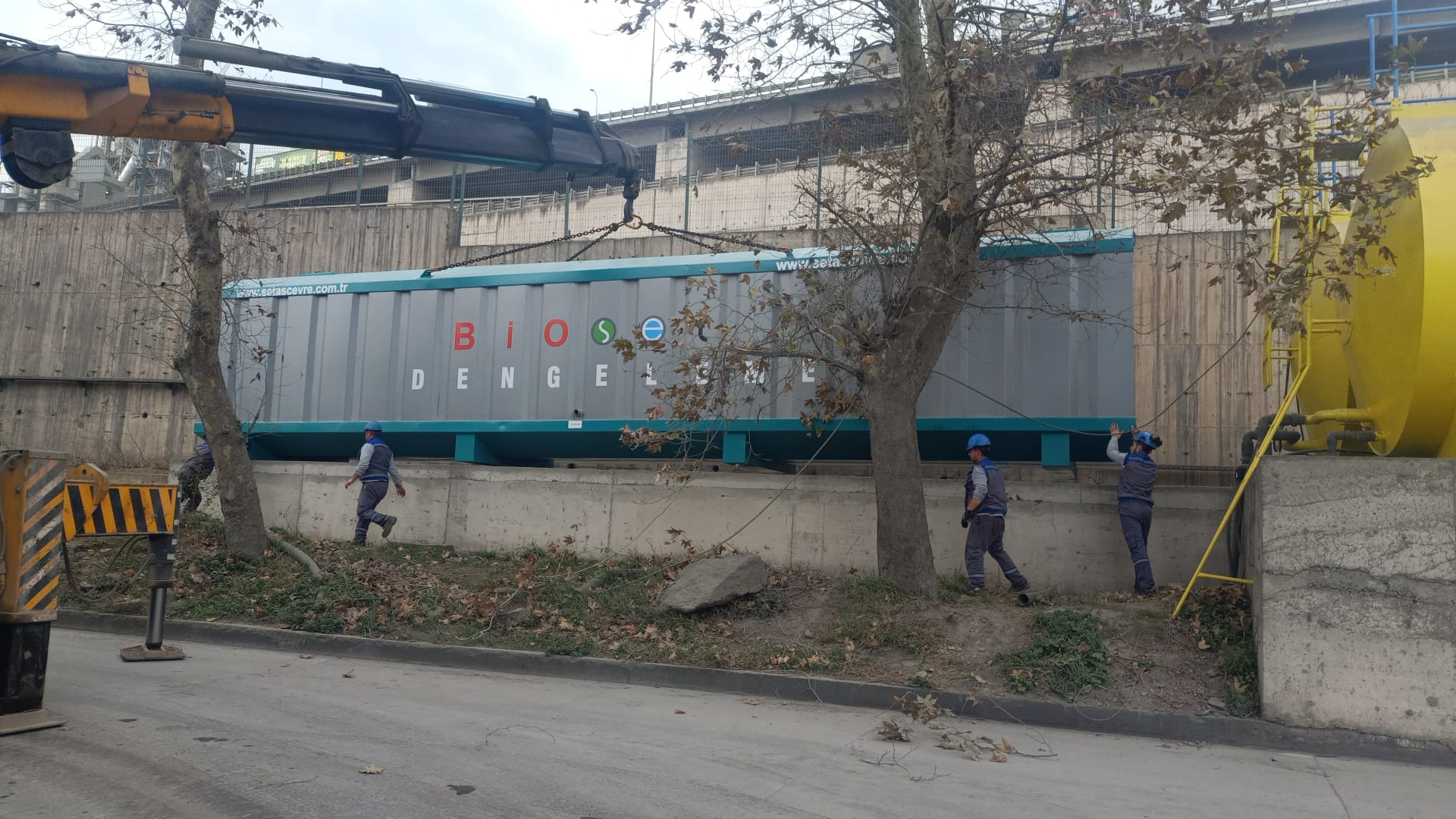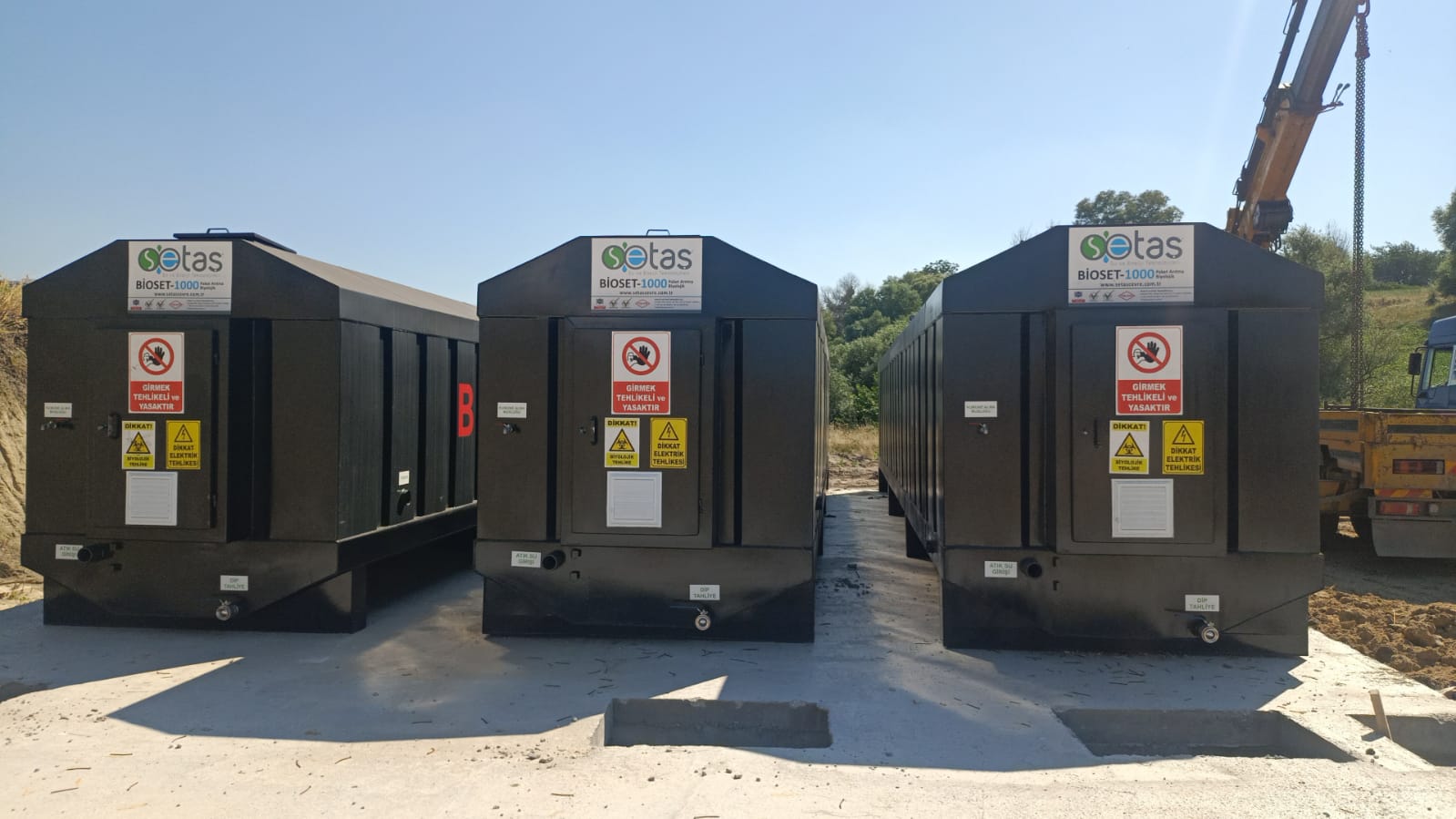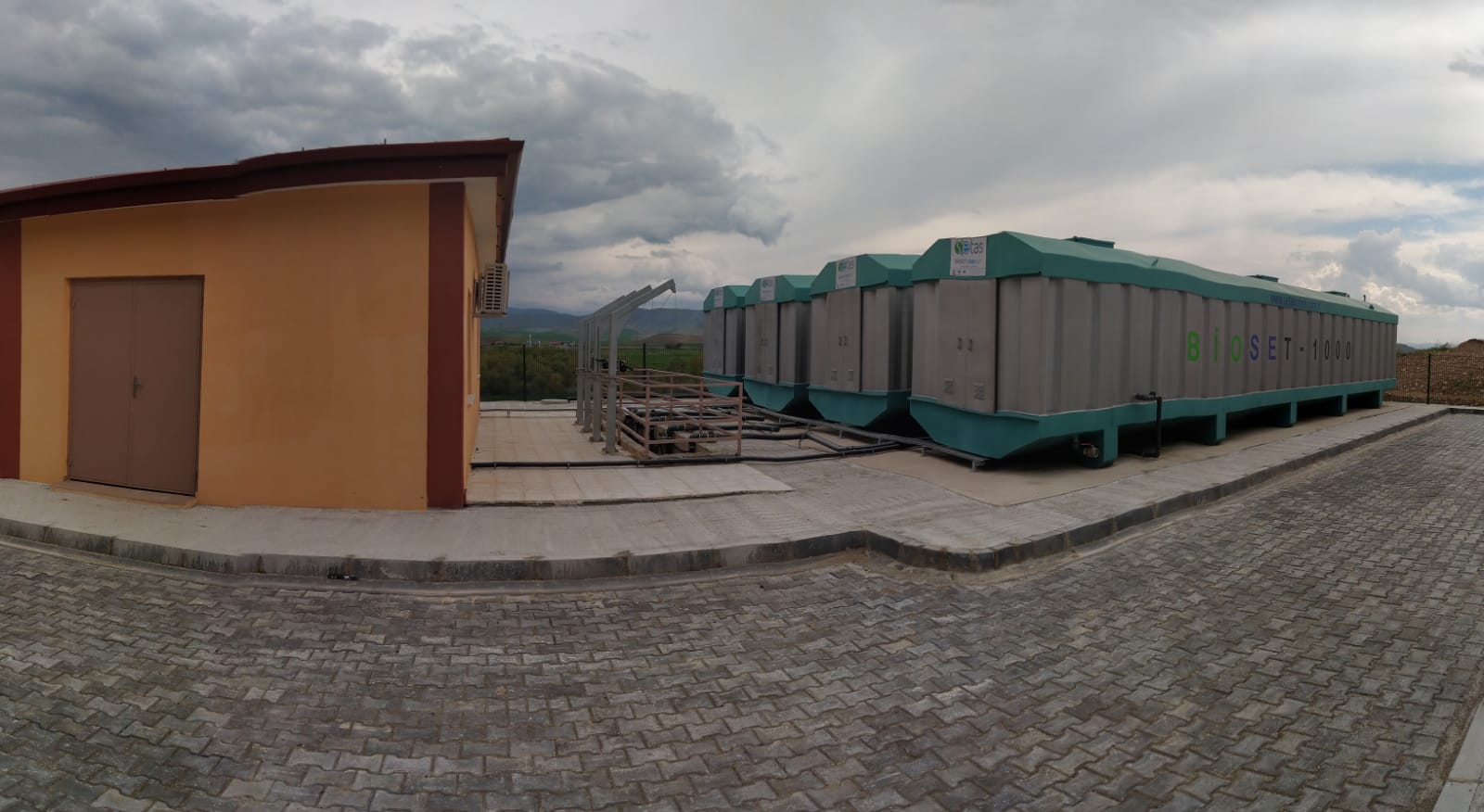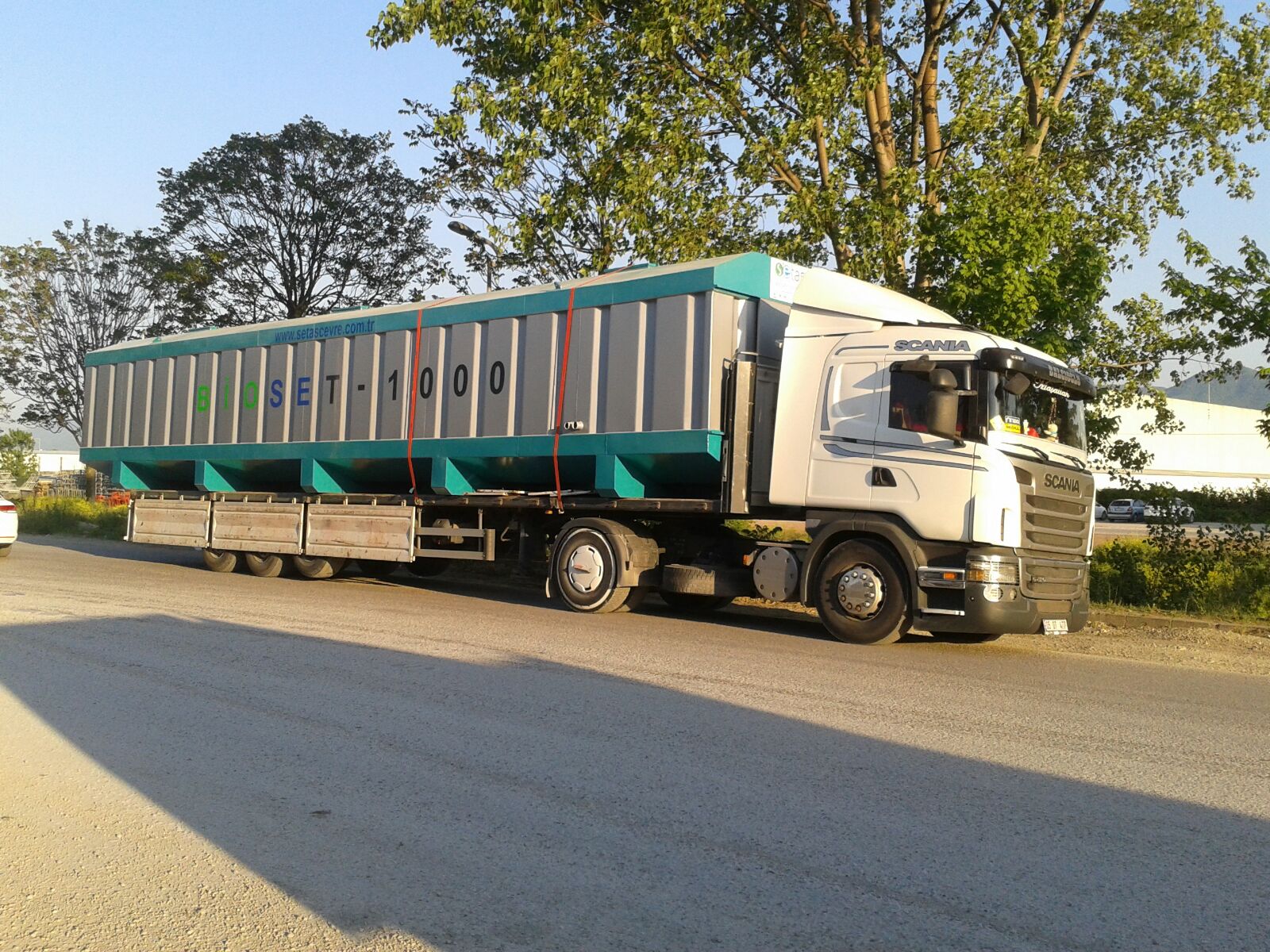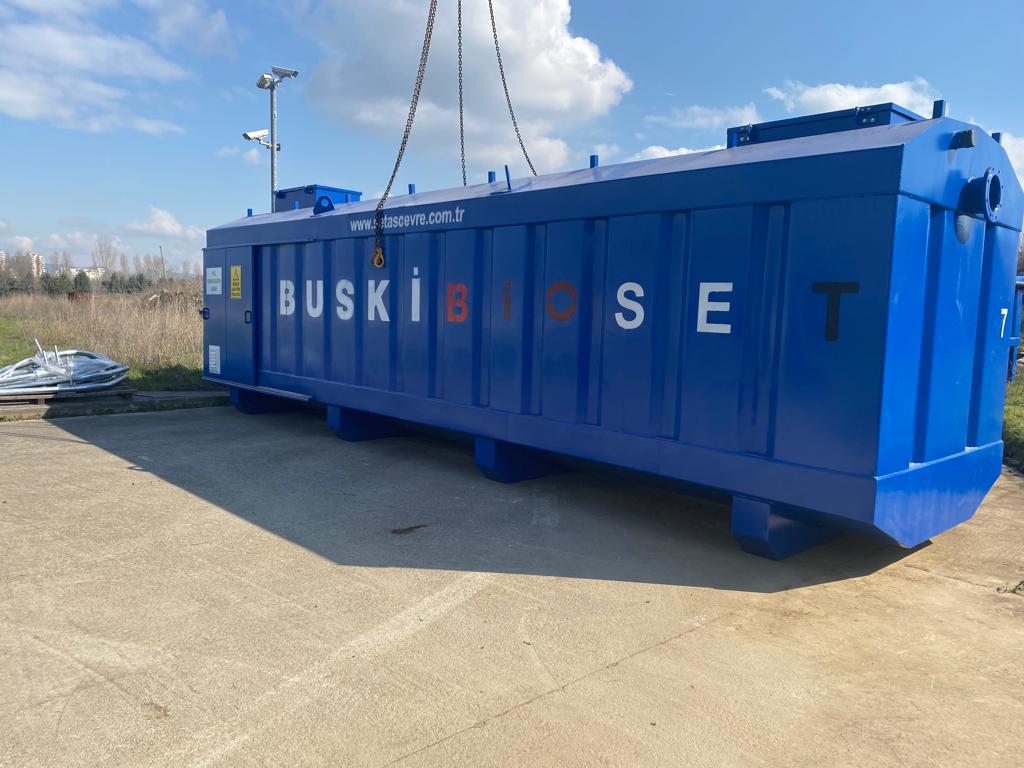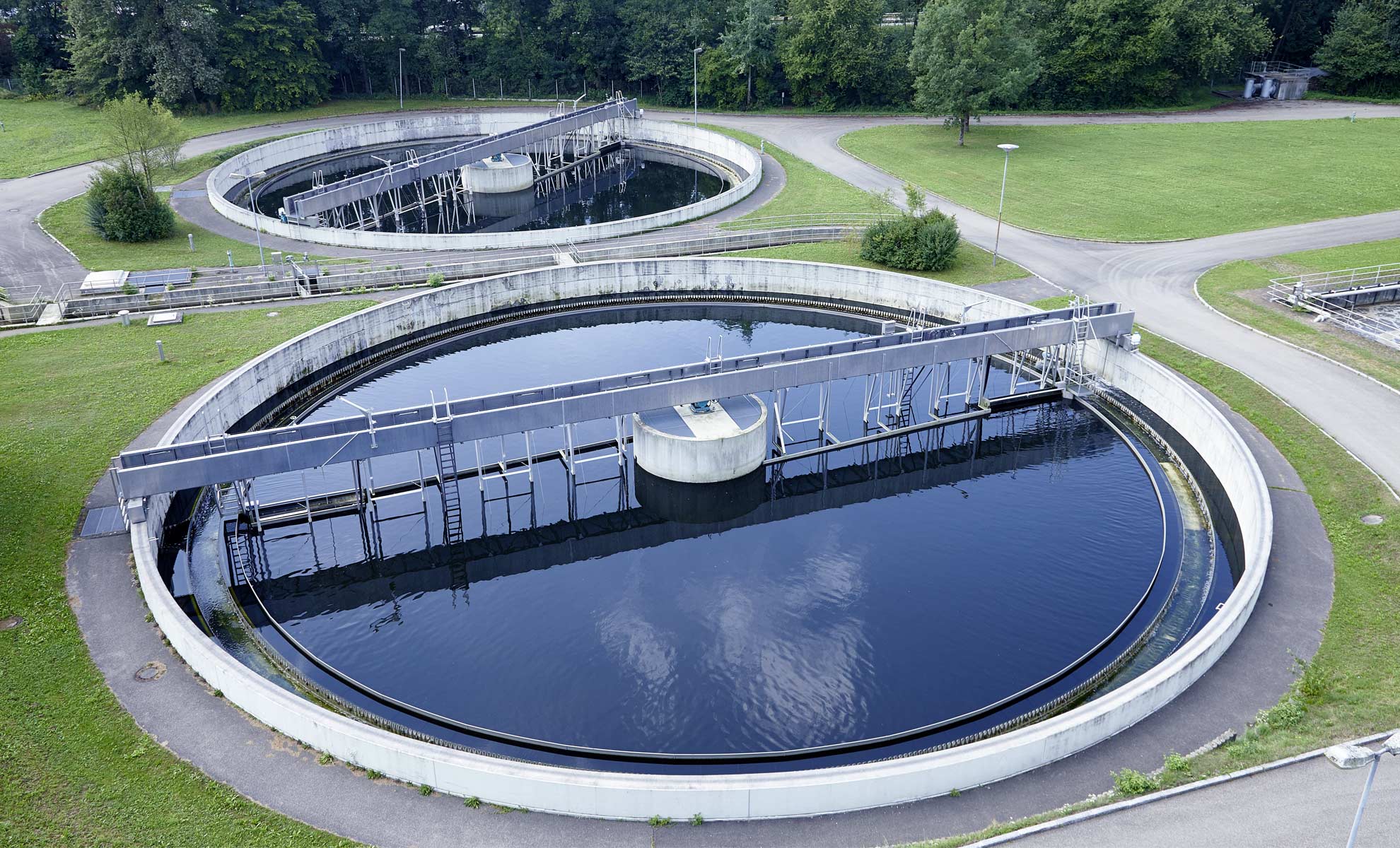
 In addition to the construction of turnkey urban wastewater treatment plants, SETAŞ offers solutions to your package treatment needs with BIOSET.
BIOSET Package Treatment Plants are systems designed by combining the advantages of more than one treatment system. It is an integrated treatment process for domestic wastewater treatment provided in rectangular prismatic tanks available in various sizes. The unit is operated on the principle of sequential batch reactor. Filling, aeration, settling and discharging stages are operate in the same tank.
In biological package plants, there is a decrease in the biological oxygen demand and suspended solids as a result of feeding the microorganisms with the organic matter in the wastewater. Since BIOSET also enables nitrogen and phosphorus removal in the same tank, it meets the desired discharge standards without the need for any additional costs. It works without of the human power. Phase times can be easily adjusted for different treatment needs according to the change in wastewater pollution characteristics. It is also less sensitive to hydraulic changes in wastewater than other activated sludge systems.
BIOSET wastewater treatment units meet the domestic wastewater needs with an equivalent population of between 25 and 1000. BIOSET can consist of one or more tanks according to your needs.
Areas of usage:
In addition to the construction of turnkey urban wastewater treatment plants, SETAŞ offers solutions to your package treatment needs with BIOSET.
BIOSET Package Treatment Plants are systems designed by combining the advantages of more than one treatment system. It is an integrated treatment process for domestic wastewater treatment provided in rectangular prismatic tanks available in various sizes. The unit is operated on the principle of sequential batch reactor. Filling, aeration, settling and discharging stages are operate in the same tank.
In biological package plants, there is a decrease in the biological oxygen demand and suspended solids as a result of feeding the microorganisms with the organic matter in the wastewater. Since BIOSET also enables nitrogen and phosphorus removal in the same tank, it meets the desired discharge standards without the need for any additional costs. It works without of the human power. Phase times can be easily adjusted for different treatment needs according to the change in wastewater pollution characteristics. It is also less sensitive to hydraulic changes in wastewater than other activated sludge systems.
BIOSET wastewater treatment units meet the domestic wastewater needs with an equivalent population of between 25 and 1000. BIOSET can consist of one or more tanks according to your needs.
Areas of usage:
- Touristic complex, summer camps,
- Housing estate, summerhouse, cooperatives,
- Schools, Hospitals, military installations,
- Accommodation facilities, Restaurants,
- Farmhouses, slaughter houses,
- Factories, industrial plants,
- Villages, towns, municipalities
Domestic wastewater is one of the biggest sources of pollution that blends surface waters.
Municipal Wastewater Treatment is the process of removing of the harmful pollutants from wastewater. Domestic use is the main source of the pollutants. The pollutants are treated by various methods like Physical, Chemical, and Biological process.
Wastewater treatment plants have a high quality service requirement that involves tight control of sludge management, chemical management, energy savings and operating costs. In recent years, this has been facilitated by the introduction of advanced technological solutions such as automatic control centers in treatment plants. Setaş can include these technologies in plant designs in line with customer demands and needs, as well as integrate as part of the modernization of existing wastewater treatment plant.
Domestic wastewater treatment plants, are classified according to the number of people they serve. Mechanical, chemical and biological processes are used in wastewater treatment. In the mechanical-physical process, which is usually determined as the first step, undissolved suspended solids are removed from the waste water. Depending on the density, these particles are separated using pre-treatment steps such as screen, filtration, pre-settlement or dissolved air flotation. Light materials such as oil and grease float, high density materials sink. Components such as screen, sieve, grease trap, grit trap, flotation and pre-sedimentation are used for mechanical cleaning.
Biological treatment is a process, which nutrients and pollutants in wastewater are removed by microorganisms. While dissolved oxygen is required for the degradation of carbon compounds and ammonium (Nitrification) in wastewater, an oxygen-free environment is required for the degradation of nitrate (Denitrification).
The third step covers the removal of substances that are difficult or impossible to degradation, such as medicinal products, toxic substances and heavy metals, and especially phosphorus compounds, for those pollutants can be treatment using coagulation, flocculation and precipitation processes. In addition to these, disinfection is applied to the treated wastewater by methods such as UV radiation, ozonation and chlorination. In the final stage, adsorbable substances can be removed using an activated carbon filter.
Wastewater Treatment
Water Treatment
Water Recovery
Project
Consultancy
Pilot Plants
Send Message
You can contact us by using the form below for your requests, questions, suggestions and complaints.
Quality Product
We offer our customers quality products at international standards.
Customer Satisfaction
We design our work on customer satisfaction.
Eco-Friendly
Our company "Save water, protect the environment!" works with the principle.

